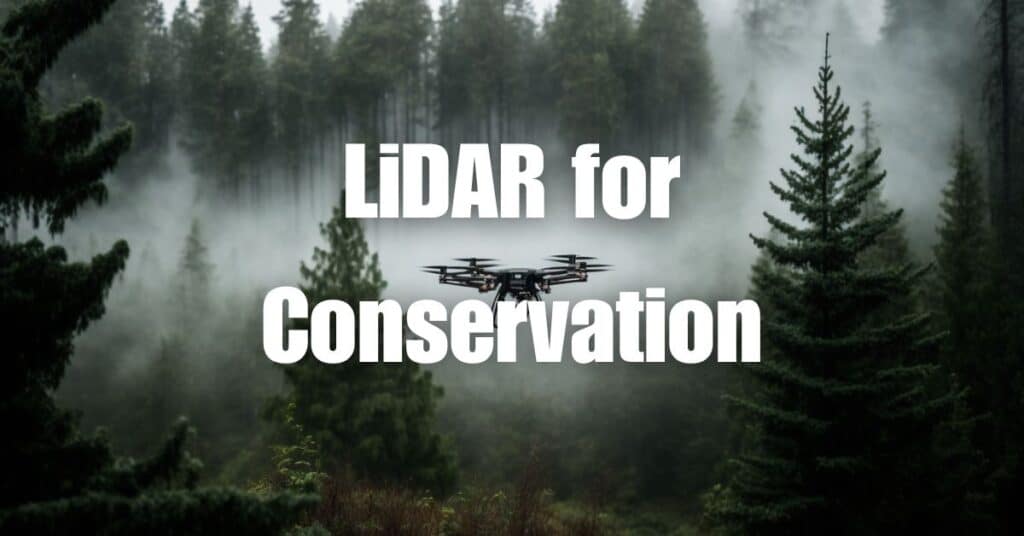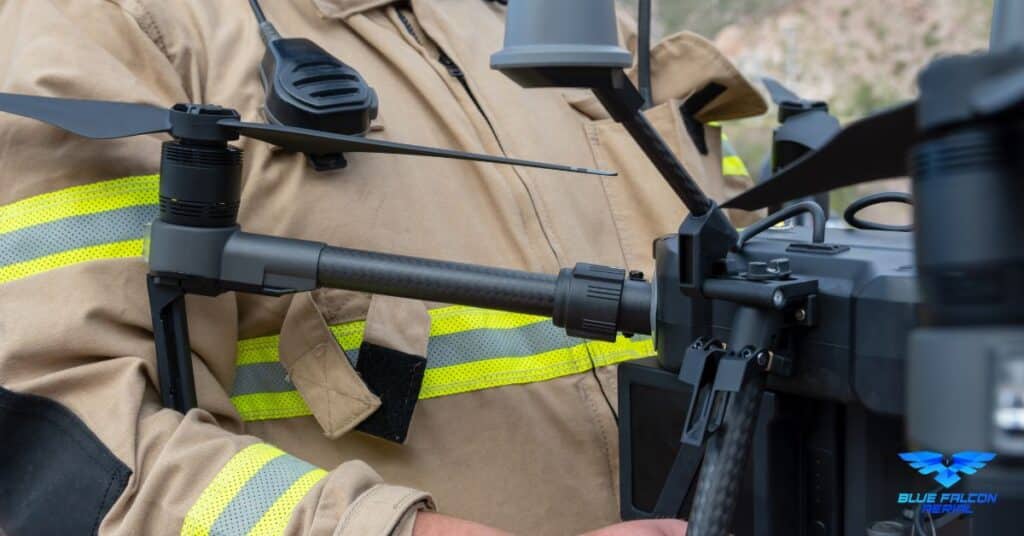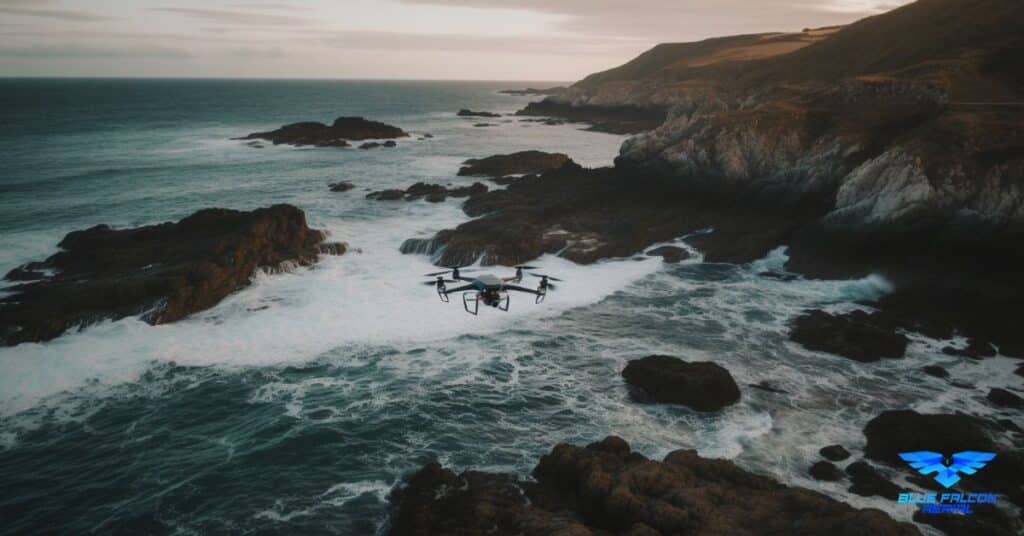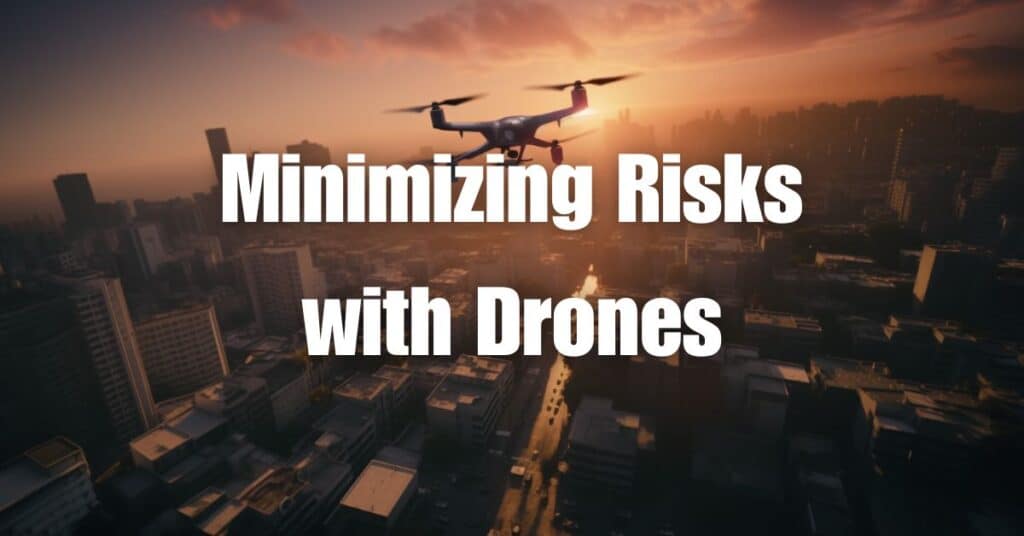Imagine a world where we can map, monitor, and protect our planet’s most precious ecosystems from above. Welcome to the world of LiDAR for Conservation. This cutting-edge technology, combined with the versatility of drones, has revolutionized the way we approach environmental conservation. In this article, we’ll delve into the power of drone LiDAR, its applications, and the tremendous benefits it offers for preserving our natural world. So, buckle up and get ready to explore the skies with Blue Falcon Aerial!
What is LiDAR and How Does It Work?
Light Detection and Ranging (LiDAR)
LiDAR, which stands for Light Detection and Ranging, is a remote sensing technology that uses laser light to measure distances and create detailed, accurate maps of the Earth’s surface. This technology operates by emitting laser pulses and then measuring the time it takes for the light to travel to the object and back to the sensor. By combining this data with the sensor’s position and orientation, it’s possible to generate high-resolution, three-dimensional maps.
LiDAR System Components
A typical LiDAR system consists of several key components:
- Laser: A laser transmitter that emits pulses of light.
- Scanner: A scanning mechanism that directs the laser pulses in various directions.
- Receiver: A photodetector that captures the reflected light from the laser pulses.
- Global Positioning System (GPS): Provides the precise location of the LiDAR sensor.
- Inertial Measurement Unit (IMU): Measures the sensor’s orientation and movement in three-dimensional space.
These components work together to collect and process LiDAR data, creating a detailed representation of the environment.
LiDAR Data Processing
Once the LiDAR data is collected, it undergoes several processing steps to produce accurate and usable maps. These steps typically include:
- Noise Filtering: Removes unwanted signals or errors from the raw data.
- Geo-referencing: Combines the LiDAR data with GPS and IMU information to establish its position and orientation in the real world.
- Classification: Identifies different types of objects within the data, such as ground, vegetation, and buildings.
- Digital Elevation Model (DEM) Generation: Creates a representation of the Earth’s surface by interpolating the classified ground points.
With these processing steps completed, the resulting LiDAR data can be used for various applications, including conservation efforts.
LiDAR for Conservation: Applications and Benefits
Habitat Mapping and Monitoring
LiDAR technology is invaluable for habitat mapping and monitoring, as it can provide detailed information about the structure and composition of various ecosystems. By capturing data on vegetation height, density, and canopy cover, researchers can better understand the health and characteristics of different habitats, enabling them to identify areas in need of protection or restoration.
Forest Management and Biomass Estimation
Can LiDAR penetrate a forest canopy?
Yes, LiDAR is capable of penetrating forest canopies. The laser pulses emitted by LiDAR can pass through gaps in the canopy, reaching the ground and other vegetation layers beneath. This characteristic makes LiDAR an excellent tool for mapping and analyzing forests.
Is LiDAR good for forests?
LiDAR is exceptionally useful for forests due to its ability to penetrate the canopy and capture data on both the ground and vegetation layers. This detailed information allows researchers to study forest structure, biomass, and health, which is essential for effective forest management and conservation efforts.
Why would forest ecologists be interested in using LiDAR?
Forest ecologists can benefit from LiDAR technology in numerous ways, including:
- Assessing forest structure and health
- Estimating biomass and carbon storage
- Monitoring changes in forests over time
- Identifying potential threats, such as disease or invasive species
- Evaluating the effectiveness of conservation efforts
Can LiDAR scan through trees?
While LiDAR cannot “see” through solid objects like tree trunks, it can penetrate the forest canopy by capturing data through gaps in the foliage. This ability allows LiDAR to collect information on both the ground and vegetation layers, providing a comprehensive view of the forest ecosystem.
What is LiDAR used for in forestry?
In forestry, LiDAR is used for a variety of applications, including:
- Forest inventory and management
- Biomass and carbon estimation
- Growth modeling and yield prediction
- Forest health assessment and monitoring
- Identification of wildlife habitats and corridors
- Assessment of fire risk and post-fire recovery
Why is LiDAR more useful in forestry applications than photogrammetry?
While both LiDAR and photogrammetry have their merits, LiDAR is often more useful in forestry applications for several reasons:
- Canopy Penetration: LiDAR’s ability to penetrate the forest canopy and collect data on the ground and vegetation layers makes it superior to photogrammetry, which relies on visible light and may struggle to capture information beneath dense foliage.
- Accuracy: LiDAR data is typically more accurate than photogrammetry, especially in complex environments like forests where shadows, occlusions, and varying light conditions can impact photogrammetric data quality.
- Vegetation Structure: LiDAR can capture the three-dimensional structure of vegetation, providing insights into forest composition, biomass, and health that are difficult to obtain with photogrammetry alone.
Wetland and Coastal Ecosystems Assessment
LiDAR is also instrumental in assessing wetland and coastal ecosystems. These environments are often difficult to access and survey using traditional methods, but LiDAR allows for rapid and accurate data collection. This information can be used to monitor changes in wetland and coastal ecosystems over time, assess the impacts of climate change and human activities, and inform conservation and restoration efforts.
Wildlife Corridor Identification and Protection
Wildlife corridors are essential for maintaining biodiversity, as they provide vital connections between fragmented habitats, allowing species to move and thrive. LiDAR can be used to identify and map these corridors, providing valuable information for land managers and conservationists working to protect and restore these critical pathways.
Archaeological Site Discovery and Preservation
LiDAR technology can also play a role in the discovery and preservation of archaeological sites. By revealing subtle differences in the landscape, LiDAR can help researchers locate hidden or obscured archaeological features, such as ancient settlements or burial sites. This information can be invaluable for cultural heritage management and conservation efforts, ensuring the protection of our shared history.
LiDAR for Ecology: Advantages and Applications
How is LiDAR used for ecology?
LiDAR has a wide range of applications in ecology, providing valuable insights into various aspects of the natural world. Some of the ways LiDAR is used for ecological research and conservation include:
- Habitat Mapping: LiDAR can generate detailed maps of different habitats, helping researchers understand their structure, composition, and health.
- Species Distribution Modeling: By analyzing LiDAR-derived data, ecologists can model the distribution of plant and animal species, identifying patterns and trends that inform conservation efforts.
- Ecosystem Services Assessment: LiDAR can provide data on key ecosystem services, such as carbon sequestration, water filtration, and habitat provision, helping to quantify their value and prioritize conservation actions.
- Disturbance Monitoring: LiDAR can be used to monitor the impacts of disturbances, such as fires, storms, or human activities, on ecosystems and inform management strategies.
- Landscape Connectivity: LiDAR can help identify and map wildlife corridors, providing vital information for maintaining and enhancing landscape connectivity.
The Advantages of Drone LiDAR over Traditional Methods
Improved Data Accuracy
Drone LiDAR offers a significant advantage in data accuracy over traditional methods, such as ground surveys or aerial photography. The high-resolution, three-dimensional data generated by LiDAR allows for a more detailed and precise representation of the environment, enabling better decision-making for conservation efforts.
Rapid Data Collection
One of the main benefits of drone LiDAR is the speed at which data can be collected. Traditional surveying methods can be time-consuming, particularly in challenging environments like dense forests or wetlands. Drone LiDAR can quickly cover large areas, capturing high-quality data in a fraction of the time it would take using conventional techniques.
Cost-Effectiveness
Drone LiDAR can be a more cost-effective solution for conservation projects compared to traditional methods. The reduced time and labor requirements, combined with the ability to capture large amounts of data in a single flight, can result in significant cost savings, making drone LiDAR an attractive option for organizations with limited budgets.
Minimal Environmental Impact
Drone LiDAR technology has a minimal environmental impact compared to traditional surveying methods. Drones can access remote or sensitive areas without causing damage to the environment or disturbing wildlife, making them an ideal tool for conservation projects.
Real-World Examples of LiDAR for Conservation
Case Study 1: Rainforest Conservation
In the Amazon rainforest, LiDAR technology has been used to map and monitor deforestation and degradation. Researchers have utilized drone LiDAR to capture detailed information on forest structure, biomass, and canopy cover, helping to identify areas at risk and inform conservation strategies. This data has been invaluable in guiding efforts to protect and restore this critical ecosystem.
Case Study 2: Coastal Habitat Restoration
Along the coastlines of various countries, LiDAR has been employed to assess coastal habitats, such as mangroves and salt marshes. By providing accurate data on vegetation structure, elevation, and changes over time, LiDAR has helped researchers and conservationists understand the impacts of climate change and human activities on these fragile ecosystems. This information has been crucial in guiding restoration efforts and developing adaptive management strategies to protect these vital habitats.
In conclusion, drone LiDAR technology has the potential to transform the field of conservation. By providing accurate and detailed data on habitats, forests, wetlands, and archaeological sites, LiDAR for Conservation enables researchers, organizations, and governments to make informed decisions for preserving our planet’s precious ecosystems. If you’re intrigued by the world of aerial LiDAR and want to learn more about its applications and benefits, don’t hesitate to visit our comprehensive guide on Aerial LiDAR 101.
Are you in need of drone services for your conservation projects? Blue Falcon Aerial is here to help! Our team of experts is ready to provide you with cutting-edge LiDAR solutions tailored to your specific needs. Contact us today and let us elevate your conservation efforts to new heights.




